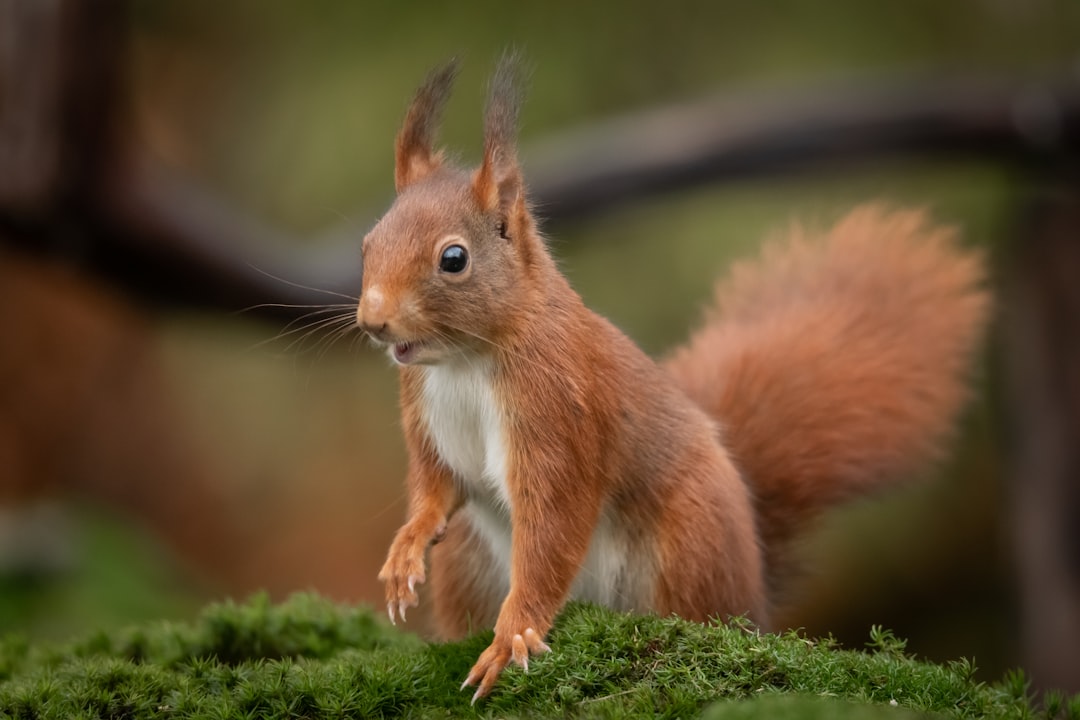What is it about?
The ostrich (a primitive living bird) was used as a model to compare bird finger joints to finger joints described in publications of the early bird Archaeopteryx, and to the dinosaurs most closely related to birds, maniraptoran theropods.
Featured Image
Why is it important?
This is the first known investigation of when the highly conserved finger joints of birds evolved in the maniraptoran theropod dinosaurs ancestral to birds. Our results indicate that many papers have unwittingly shown that avian finger joints adapted for flight stresses had already begun evolving prior to a maniraptoran group of dinosaurs called Pennaraptora. This information provides supportive evidence for claims that maniraptoran theropods and birds shared the same fingers, and that many pennaraptorans may have been flight-capable or secondarily flightless (e.g., Velociraptor).
Perspectives
This research sprung from an investigation of whether or not birds had pronated (twisted inwards) their hands past what was found in their dinosaurian ancestors. They did not, but retained the same semi-pronated hands (a hand position with the palms pointing inwards if you point your arms anteriorly with the elbows downwards). More importantly, this investigation revealed that, even though the finger joints of birds had been described in functional terms by 1846, no one had ever asked whether Archaeopteryx or other avian dinosaurs possessed these finger joints. This neglect is surprising, because bird finger joints are highly conserved (unchanging) and adapted for flight. Therefore, the presence of even one typical bird finger joint in Archaeopteryx or other maniraptoran theropods would be highly suggestive of flight capability. When combined with our previous work (Hutson & Hutson, 2014, 2015b), we believe that our findings provide additional supportive evidence that many pennaraptoran theropods, like bats and pterosaurs, possessed wing joints stiffened in the semi-pronated plane to resist flight stresses.
Joel David Hutson
DePaul University
Read the Original
This page is a summary of: Retention of the flight-adapted avian finger-joint complex in the Ostrich helps identify when wings began evolving in dinosaurs, Ostrich, January 2018, Taylor & Francis,
DOI: 10.2989/00306525.2017.1422566.
You can read the full text:
Resources
Contributors
The following have contributed to this page










